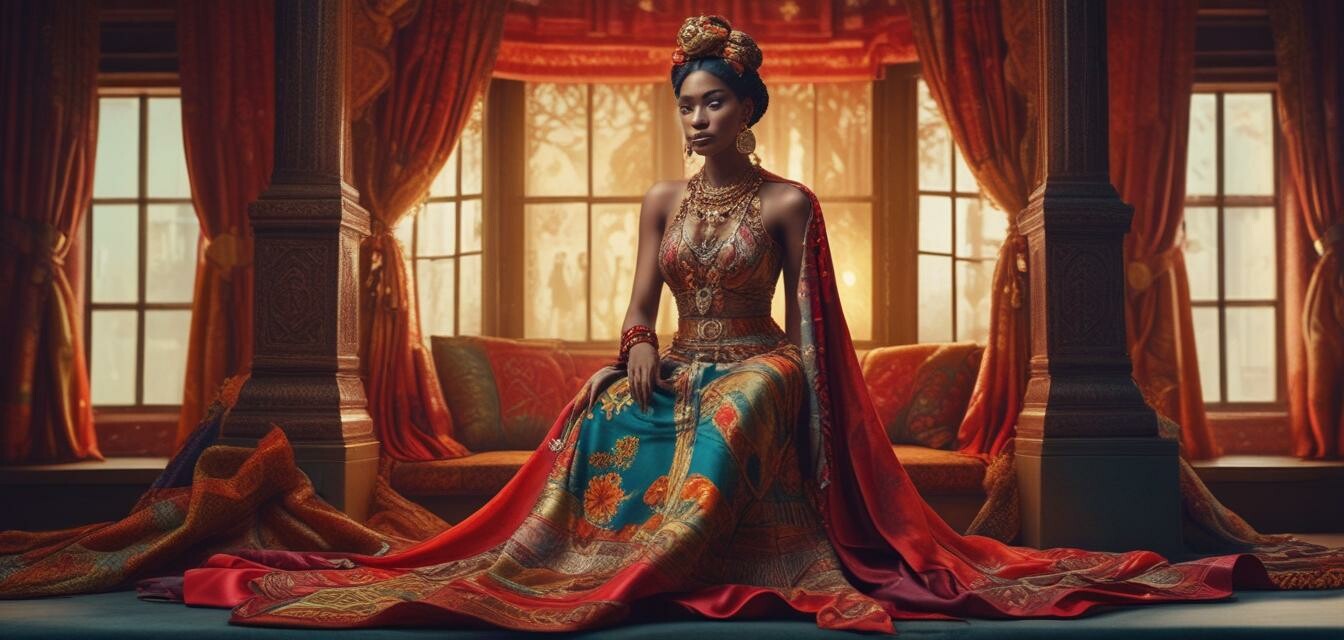
For FTC Disclosure see Footer
Historical cultural influences reshaping fashion
Key Takeaways
- Historical fashion influences play a significant role in contemporary designs.
- Fusion of different cultures introduces innovative trends in the fashion industry.
- Fashion designers increasingly look to the past for inspiration.
- Inclusivity and diversity are central themes shaping current fashion narratives.
- Understanding cultural context is vital for responsible fashion innovation.
The world of fashion is an ever-evolving canvas that draws deeply from historical and cultural sources. As we navigate through contemporary designs, many appear to echo styles and techniques from diverse historical contexts. This article takes a closer look at how these historical cultural influences are re-emerging and reshaping the landscape of modern fashion.
The historical context of cultural fashion influences
Throughout history, fashion has been more than just clothing; it reflects the values, traditions, and innovations of various cultures. Styles from different eras and regions have continuously intertwined, allowing us to explore how cultural exchange has contributed to modern trends. Below is a brief overview of some notable historical influences that inform today's fashion:
| Historical Influence | Cultural Context | Modern Equivalents |
|---|---|---|
| The Renaissance | Revival of art, culture, and humanism in Europe. | Rich fabrics, intricate designs, and corset styles. |
| Ancient Egypt | Symbolism in clothing and use of linen. | Flowing silhouettes and luxurious fabrics. |
| The 1920s | Flapper culture and rebellion against traditional norms. | Loose fits, bold patterns, and beading. |
| The 1970s | Counterculture and embrace of individual expression. | Bohemian styles and ethnic prints. |
Cultural fusion in contemporary fashion
Today’s designers are increasingly inspired by the global mix of traditions and styles. They often combine elements from different cultures, leading to a rich tapestry of trends that resonate with various audiences. The popularity of styles such as bohemian chic, ethnic prints, and global accessories are prime examples of this cultural fusion.
Key trends shaped by cultural influences
- Globalization of fashion: Access to worldwide styles has never been easier, allowing for a cross-pollination of ideas and trends.
- Sustainable fashion: A growing demand for products that respect cultural heritage and promote ethical practices.
- Inclusivity: A shift toward representation in fashion, with collections that celebrate diverse backgrounds.
- Vintage revival: Social media and nostalgia fueling interest in classic styles from various cultures.
Prominent designers embracing cultural influences
Many prominent designers are revisiting historical elements and integrating them into their collections, breathing new life into old styles. For instance:
| Designer | Influenced By | Notable Styles |
|---|---|---|
| Kenzo | Japanese culture and global motifs | Bold colors and eclectic patterns |
| Isabel Marant | Bohemian aesthetics and Native American influences | Laid-back, chic silhouettes |
| Prabal Gurung | South Asian heritage | Vibrant prints and empowered designs |
Challenges and responsibilities in cultural fashion
While cultural fusion in fashion can be a source of innovation, it also demands responsibility from designers and brands. Understanding the cultural significance behind traditional garments and symbols is vital for respectful representation. Here are some important points to consider:
- Researching the cultural context and meaning of the designs being utilized.
- Collaborating with artisans from those cultures to ensure authenticity.
- Avoiding cultural appropriation by recognizing and respecting traditional practices.
- Promoting and supporting sustainable practices that benefit those communities.
The future of cultural influences in fashion
The intersection of past and present will undoubtedly continue to play a significant role in shaping the future of fashion. With cultural diversity at the forefront, we can expect innovative designs that celebrate the richness of global influences. As consumers, the best thing we can do is to support designers who respect these traditions and who are committed to promoting inclusive representation.
Final thoughts
As fashion continuously evolves, the inspirations drawn from historical cultural influences remain an essential component of modern design. By honoring these influences, we pave the way for a future that embraces diversity while telling the stories of different cultures. Be on the lookout for upcoming trends in Fashion News, showcasing how cultural fusion continues to inspire today's designers.
Pros
- Encourages creativity through diverse cultural styles.
- Supports inclusivity and representation in fashion.
- Revisits sustainable practices from traditional craftsmanship.
- Creates awareness about cultural significance in fashion.
Cons
- Risk of cultural appropriation if not approached thoughtfully.
- Potential for misrepresentation of cultural symbols.
- Challenges in sourcing authentic materials ethically.